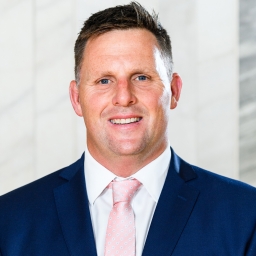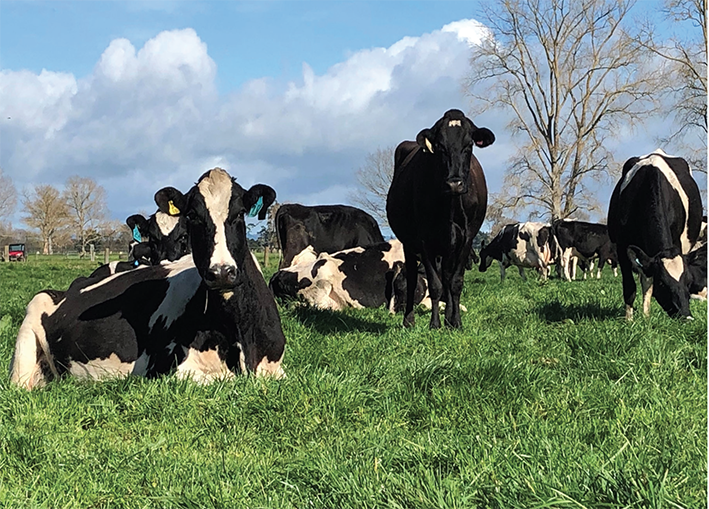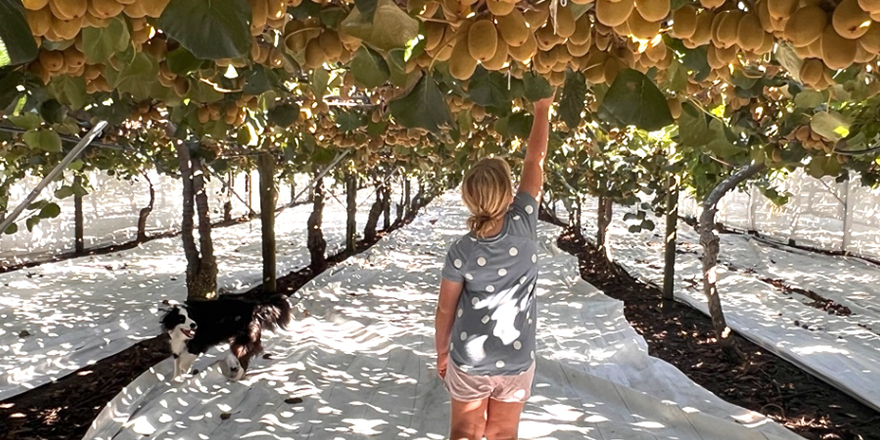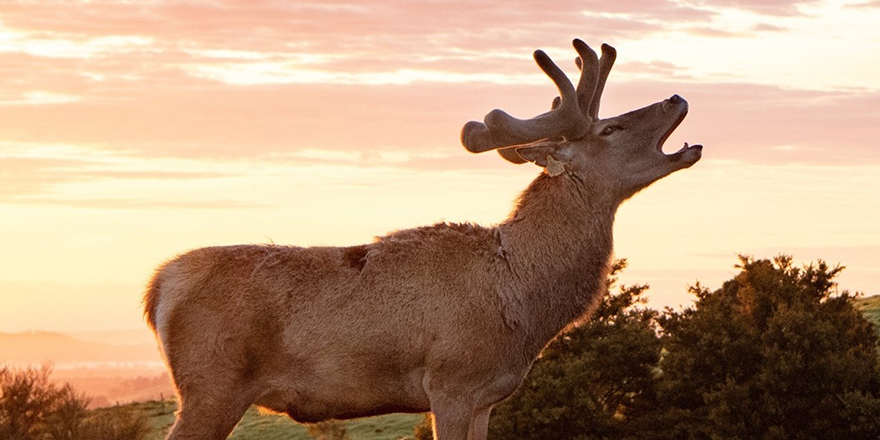With a climate crisis, increasingly diversified agri-businesses, interest in regenerative agriculture and increasing membership of catchment groups, coupled with generational change and economic reform, now is the right time for structural change to New Zealand Agriculture. In the same way that farmers are being asked to consider systemic changes to their farms, businesses and landscapes, the leaders of Team Agriculture should be brave enough to review the structures which underpin the ‘industry good’ system and make the difficult but necessary changes to improve.
The Fit for a Better World vision states that we in the primary industries are committed to meeting the greatest challenge humanity faces: rapidly moving to a low carbon emissions society, restoring the health of our water, reversing the decline in biodiversity and at the same time, feeding our people.
In the coming years, additional capital will be cycled through agriculture, either via an amended Emissions Trading Scheme (ETS) or a farmer-led He Waka Eke Noa pricing scheme, to reduce GHG emissions so our products can be both the best in the world and the best for the world.
This is a big job. We need high performance. We could continue to operate as we are, celebrating improved collaboration and striving to tell our story better without addressing the inherently fragmented system in which we operate. But if systems determine culture, and culture is a pre-requisite for high performance, then we require intervention at a systems level to enable our industry to transition from good to great and achieve our vision.
The Commodity Levies Act and the organisations it enables are served by robust governance and democratic process. Structurally, free riding is removed, and discretion provided as to investment area. For pastoral levy bodies (DairyNZ and Beef + Lamb New Zealand), advocacy and lobbying have become increasingly important in response to social licence to operate challenges and environmental regulatory reform. However internationally, membership organisations perform the advocacy function. It is my view, based on interviews, that the mixing of lobbying/advocacy with knowledge exchange and research & development, creates confusion for farmers and stakeholders (including shareholders, but also government, R&D community etc.) as to the role or purpose of the levy bodies and membership organisations. As this confusion permeates, the work in the public good space can become tainted as organisations crave attribution for their activity in a fragmented system.
An alternative must be underpinned by strong principles and systems that support Aotearoa’s whenua/land managers to create the best food, fibre and ecosystem services on earth. The current industry good arrangement provides farmers with significant representation, but a system change may need to sacrifice some farmer representation for the sake of improved operational efficiency.
This report proposes that a new organisation, ‘Ahuwhenua New Zealand’ be created. This peak body would be structurally similar to both the New Zealand Council of Trade Unions and the Agricultural and Horticultural Development Board in the UK. Ahuwhenua NZ would see several functions consolidated into a single organisation. The current levy bodies would remain, but their scope limited to industry-specific insight and foresight. Levies would continue to be directed to public good activities. Membership organisations such as Federated Farmers, removed of forced riding, would focus on advocating and lobbying strongly for their farming membership.
As a peak body, Ahuwhenua NZ would be a future-focused centralised organisation tasked with leading activities for which the outcomes are agnostic of commodity production type (i.e., improved water quality, research and development, stronger rural communities). With a focus better connected to the land rather than production type, whenua/land managers will be empowered to use their resources in a manner that is best for our land, families, communities, and planet.
Keywords for Search: Phil Weir





